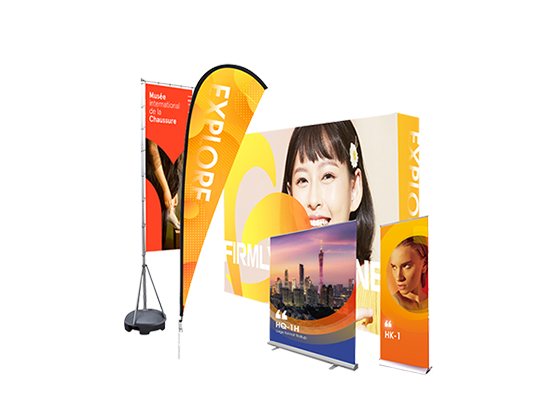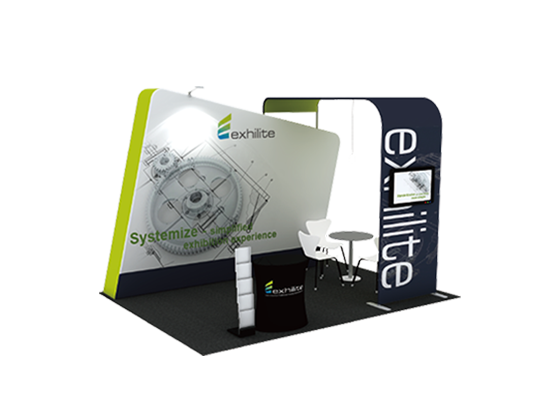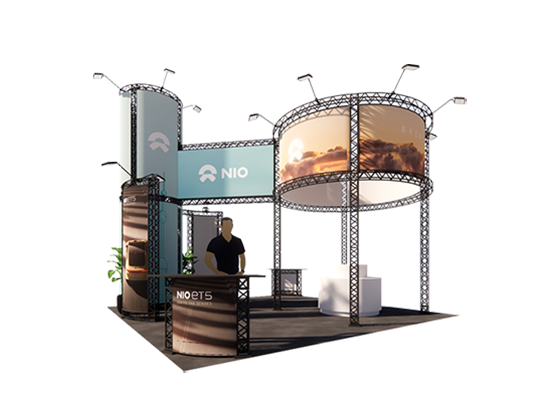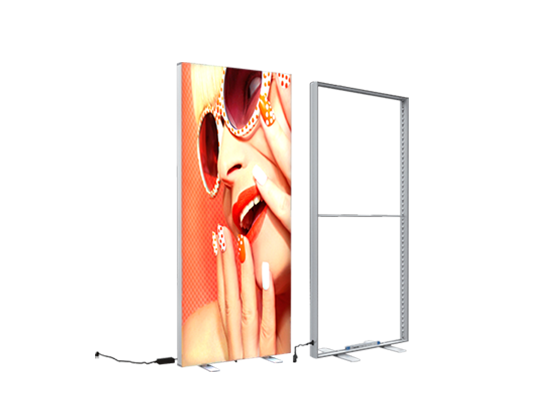Exploring the Design and Applications of Circle Trusses
 May 06, 2024|
May 06, 2024| View:191
View:191Circle trusses are commonly used and essential structural elements in various design disciplines. In this article, we will explore the design principles, features, and applications of circle trusses, as well as specific case studies highlighting their usage in architecture, stage construction, and exhibition design.
Design Principles:
Circle trusses are designed based on the principles of structural stability and load-bearing capacity. The circular shape provides inherent strength and distributes loads evenly, making them suitable for supporting heavy equipment or spanning large areas. The design process involves considering factors such as material selection, joint connections, and geometric calculations to ensure optimal performance.Features of Circle Trusses:
Versatility: Circle trusses can be customized to different diameters and heights, allowing for flexible design possibilities and adaptability to various spatial requirements.
Rigidity: The circular shape provides excellent rigidity, minimizing deflection and ensuring stability in demanding applications.
Modular Construction: Circle trusses are often constructed using modular components, allowing for easy assembly, disassembly, and transportation. This modular nature facilitates efficient installation and reconfiguration.
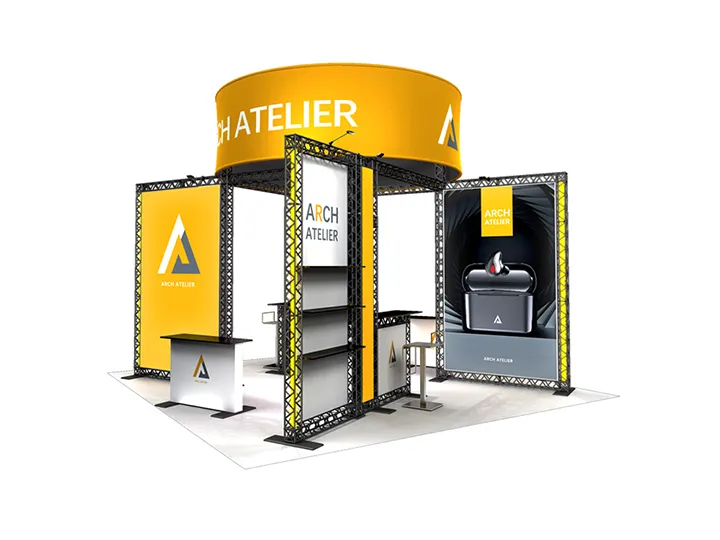
Applications of Circle Trusses:
3.1 Architecture:
Circle trusses find extensive usage in architectural applications, both in functional and aesthetic roles. They can be employed as structural supports for roofs, canopies, and bridges, offering a visually appealing and efficient solution. Additionally, circle trusses can be integrated into the design to create captivating architectural features, enhancing the overall aesthetics of the structure.
3.2 Stage Construction:
In the field of stage construction and event production, circle trusses are widely utilized for rigging lighting, sound systems, and stage decorations. By suspending these elements from circle trusses, stage designs can achieve dynamic and immersive visual experiences. The circular shape allows for 360-degree coverage, ensuring optimal visibility for the audience.
3.3 Exhibition Design:
Circle trusses play a vital role in exhibition design, providing a versatile framework for showcasing products, artworks, and interactive displays. They can be used to create unique exhibition spaces, such as circular pavilions or immersive installations. Circle trusses offer the advantage of maximizing usable space within the exhibition area while providing a visually captivating environment.
Case Studies:
The Guggenheim Museum, Bilbao: The iconic architecture of the Guggenheim Museum incorporates circle trusses, which not only support the structure but also contribute to the museum's distinct and modern aesthetic.
Music Festival Stage Design: Many music festivals utilize circle trusses to suspend lighting rigs, LED screens, and audio equipment. The circular layout enhances the stage's visual impact and ensures an immersive experience for the audience.
Circle trusses exemplify the fusion of form and function in structural design. Their unique circular shape, combined with their versatility and load-bearing capabilities, make them indispensable in various fields. From architecture to stage construction and exhibition design, circle trusses continue to provide innovative solutions for creating visually stunning and structurally sound environments.



 marketing@hawkdisplay.com
marketing@hawkdisplay.com